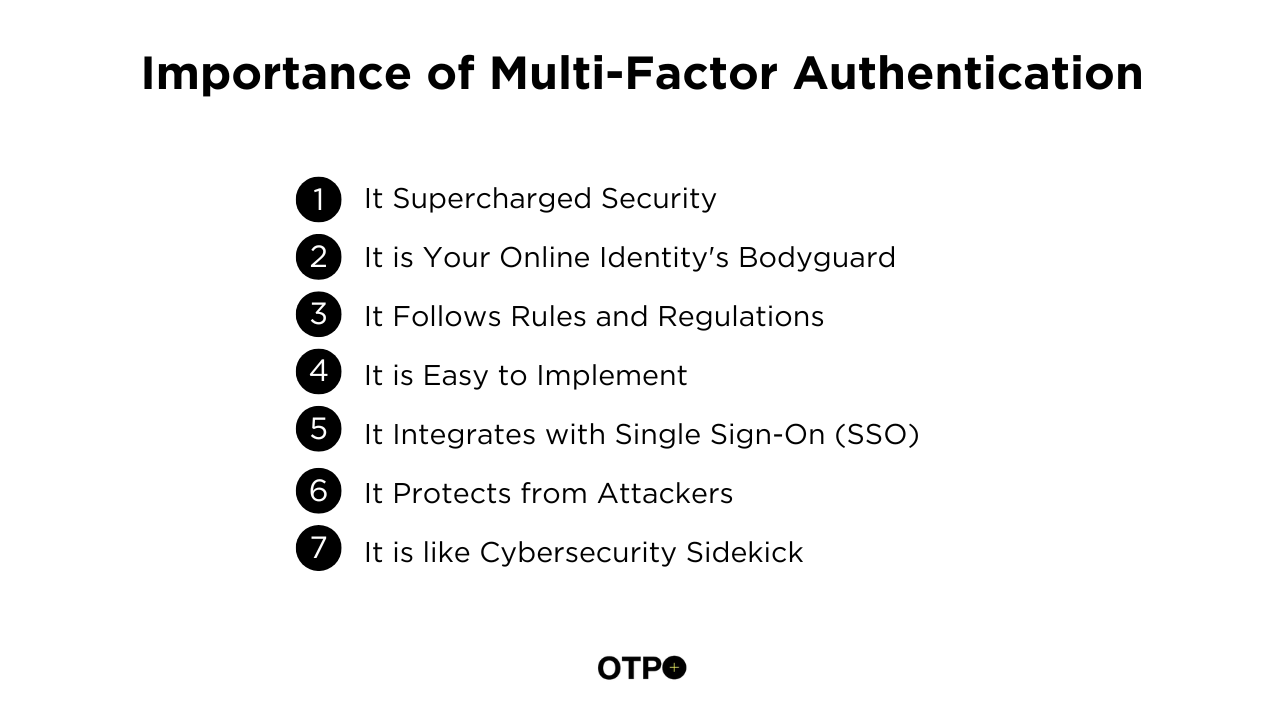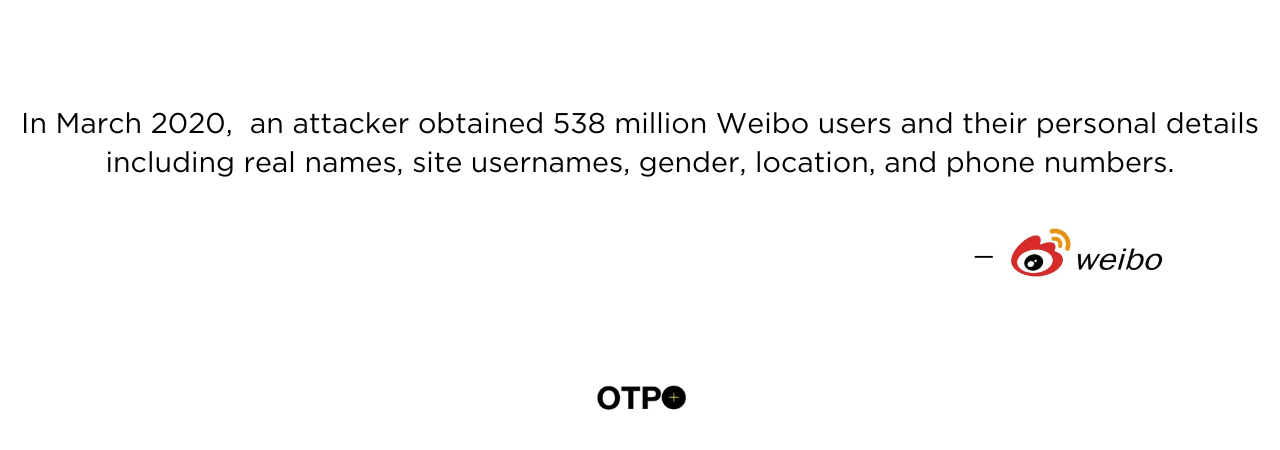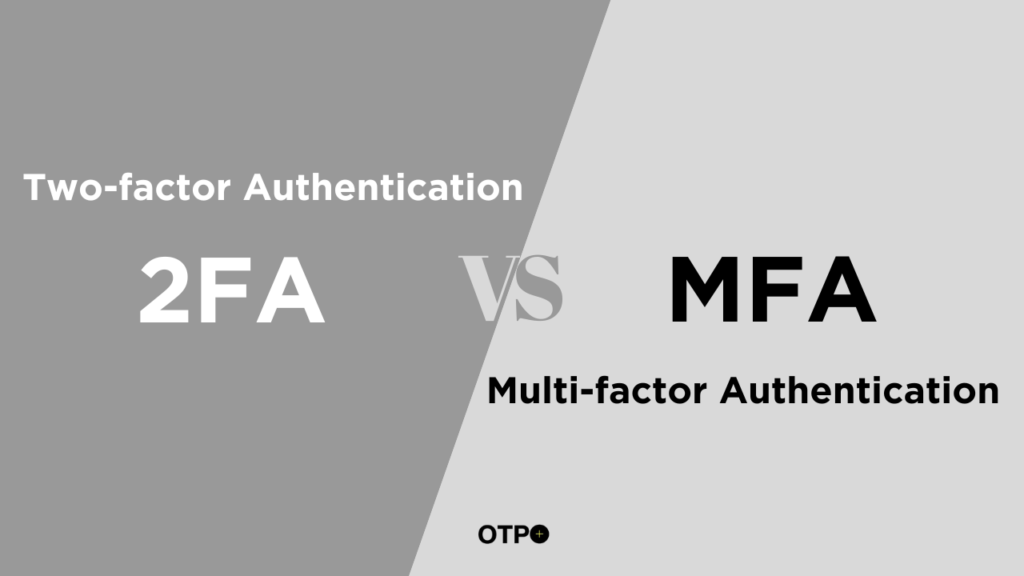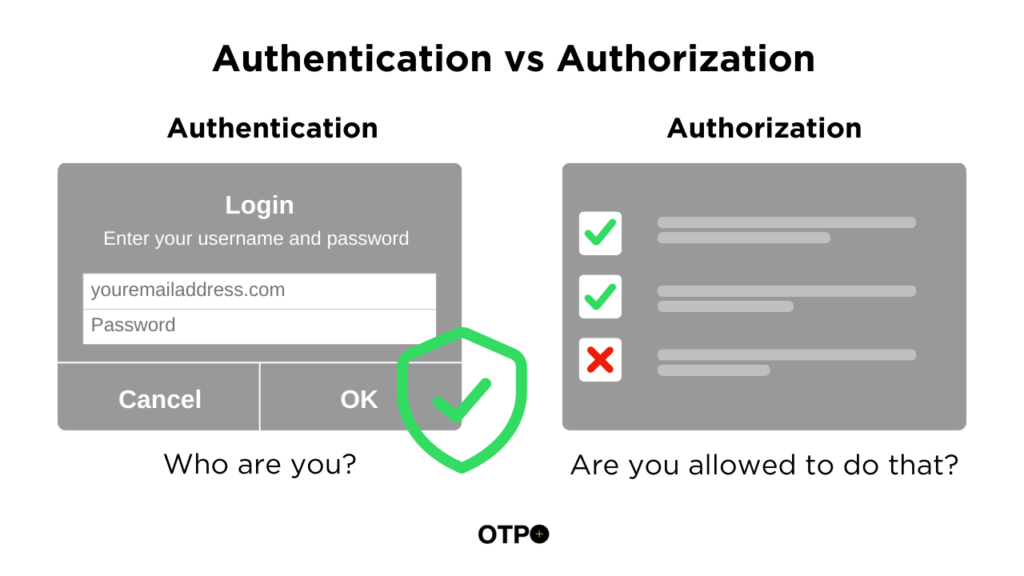In our previous blogs, we explored Multi-Factor Authentication (MFA) and Two-Factor Authentication (2FA). Now, let’s delve deeper into why MFA is not just an additional layer but a crucial fortress in the battle against cyber threats, weaving in the information we’ve already shared.
But before that, We have shared two statistics that indicate why multifactor authentication is important for your app.
Statistics of Multifactor Authentication
- 32% of UK businesses reported a cyber attack or breach in 2023.
- As per IBM, in 2023, the United States had the highest average total cost of a data breach at $4.45 million.
After looking at the above reports, we can understand that keeping our online stuff safe is a big deal in the digital age. But what if you could add an extra layer of protection beyond just passwords—that’s where Multifactor Authentication (MFA) comes in. This article will discuss why MFA is so important and why it’s like a superhero for your online security.
Importance of Multifactor Authentication

It Supercharged Security
MFA isn’t your average security system; it’s like having a superhero team guarding your digital castle. MFA offers more security layers than the old Two-Factor Authentication (2FA). So, even if hackers grab one key, they’ll still have to go through many other checkpoints. It’s like putting up a big ‘keep out’ sign for hackers.
It is Your Online Identity’s Bodyguard
In March 2020, an attacker obtained 538 million Weibo users and their details, including real names, site usernames, gender, location, and phone numbers. We’ve all heard about those online baddies stealing people’s identities.
MFA acts as a personal bodyguard for your online identity. With things like fancy passwords and extra steps, like getting a code sent to your phone, MFA makes it way more challenging for attackers to sneak in and mess with your app.

It Follows Rules and Regulations
In the online world, there are rules, especially for big organizations. MFA is like that friend who always follows the rules – it’s a must in certain industries. For example, some PCI-DSS rulebook insists on having MFA in place to keep the digital doors locked tight. Following these rules not only keeps data safe but also keeps your users happy.
It is Easy for Implementation
You might think adding an extra layer of security is a hassle, but MFA proves that wrong. It’s super easy to set up and use. There is no need to stress about disrupting your online routine – it just slides right in without causing a fuss. Simple, right?
Integrate with Single Sign-On (SSO)
MFA and Single Sign-On (SSO) are like the dynamic duo of the online world. When MFA teams up with SSO, you don’t need to remember a gazillion passwords. It’s like having a master key that unlocks all your digital doors and MFA double-checks to make sure it’s you.
Protect from Attackers
Cyber attackers are trying to sneak in with more people working from home in their comfortable areas. MFA is the one that stops them at the entry-level. It blocks the troublemakers and gives a heads-up to the tech experts (IT department) so they can deal with the situation.
It is like Cybersecurity Sidekick
Hackers always try to crack the code, but MFA makes it challenging. MFA adds an extra layer of protection by using cool stuff like Time-based Time Passwords (TOTP) and Google Authenticator. And when you throw in some tricky passwords, especially when MFA hangs out with SSO, it’s like having a cybersecurity sidekick that keeps the villains at bay.
Conclusion
The importance of multifactor authentication in today’s digital realm cannot be overstated. It’s not just about making things secure; it’s about making online life safer and less stressful. So, the next time you see MFA in action, know that it’s there to keep your digital world safe from cyber attackers—your very own online superhero.
If you want to know more about multi-factor authentication using examples then here is the blog that you can understand visually.


